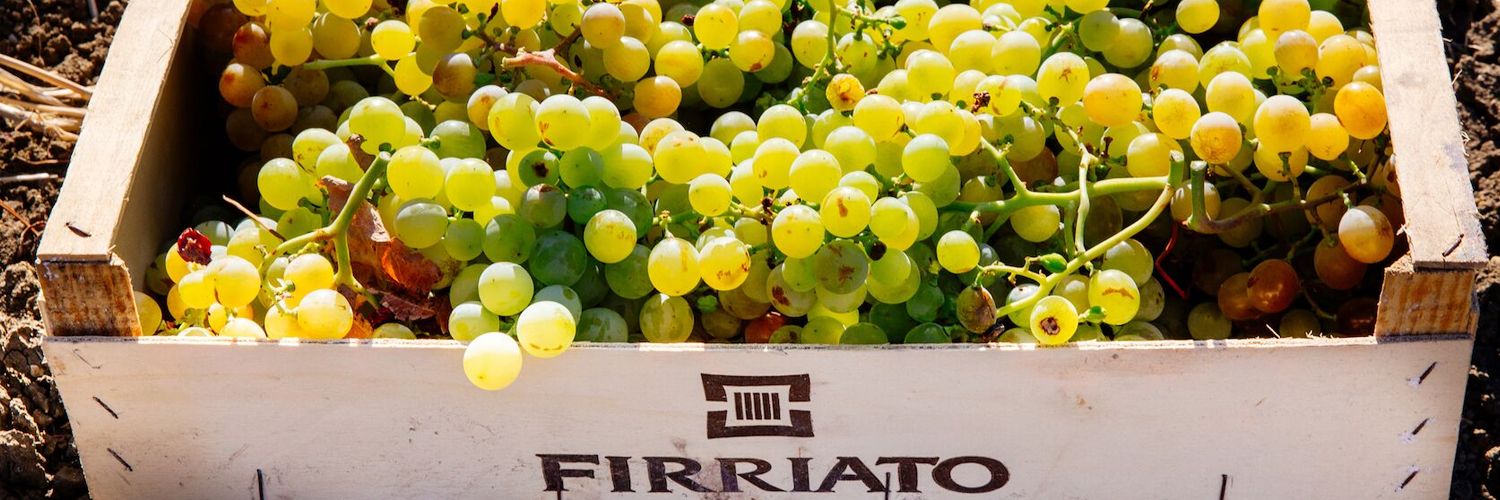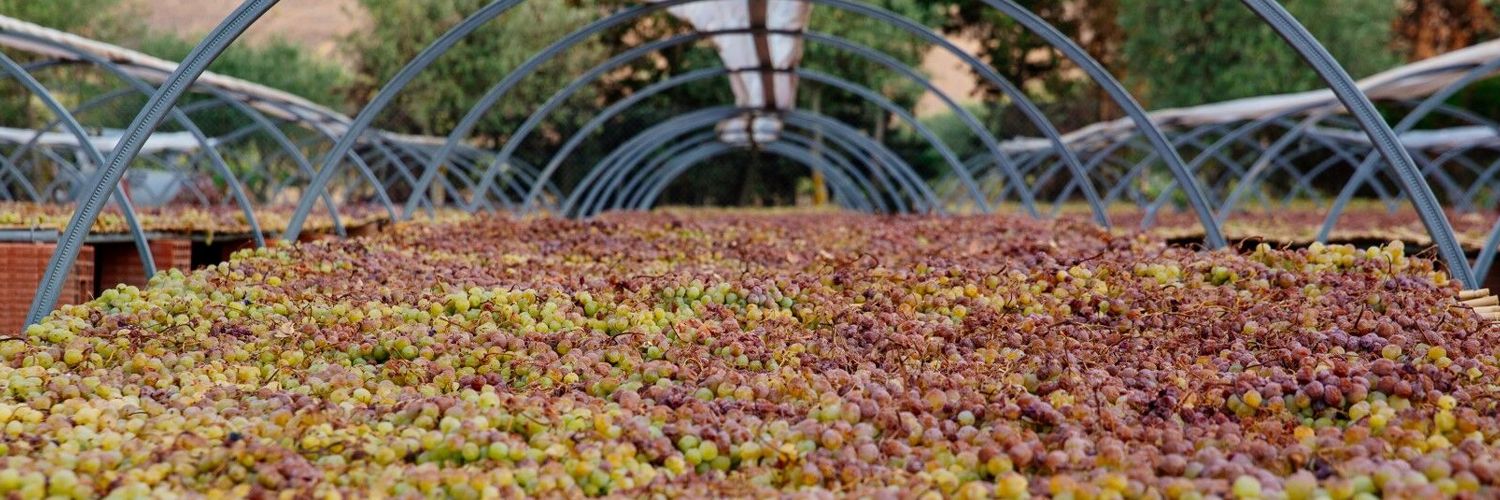BORGO GUARINI: THE AGE-OLD AGRICULTURE
Firstly, the landscape here is soft and meandering, at every step it is imbued with a thousand-year-old tradition of toil and sweat and farming passion. Secondly, it is vast. It is the largest of Firriato’s Estates and has a complexity of soil conditions which coexist with an exceptionally eclectic orographic environment. It is this richness that makes Borgo Guarini such a unique area. Of the 12 orders of soil that exist in the world, seven of which can be found in Sicily, an impressive three— Entisols, Inceptisols and Vertisols— are found in this hillside area which slopes down to the flood plain of a stream. Nero d’Avola is planted in three different areas of Borgo Guarini and is one the greatest gifts bestowed by this orographic richness. It allows a single vine variety to experience different soil conditions, creating an incredibly pure wine that takes the name Harmonium—an emblem of the resurgence of the island’s oenology.

Borgo Guarini
The Vineyard
Vineyards within a vineyard—that is the true identity of Borgo Guarini, an estate characterised by its predominantly clayey soil which the winter rain dissolves and amasses together marking the terrain with salty deposits. The range in altitude and sunlight levels of the vineyards adds complexity, with notable differentiations in each. During the hot season, the difference in temperature between day and night can reach up to 20°C. This property of the microclimate intervenes positively on the organoleptic properties of the grapes and regulates their ripening.
Borgo Guarini
The Grape Harvest
Zibibbo is the first to ripen, between the second and third ten days in August. The grapes are picked by hand so that their integrity is not compromised. Over the next forty days, while the Zibibbo grapes are dehydrated and dried on the garden trellises, the other vine varieties fully ripen. The first of them to be harvested is Grillo at the beginning of September, followed by Merlot which is the first red grape variety to ripen on this estate, during the second ten days of the month. A little after comes the time for Nero d’Avola which due to its various planting locations is the object of no less than three different harvests. Cabernet Sauvignon closes the season and is harvested between the second ten days and the start of the last ten days of September.


Borgo Guarini
Practices
The trellises of the ‘raisining garden’ give life to Ecrù, one of Firriato’s top labels. The Zibibbo grapes that give this passito wine, when they are fully ripened, take on an amber colour that differs from that of the smaller neighbouring islands. It is almost as if this vine variety and Borgo Guarini were destined to cross paths. Once ripe, the bunches of grapes are put through a process of bending of their stalks by hand—hands that through experience with many vines are used to reproducing the same gesture over and over. After that, in contrast to islands such as Pantelleria, the grapes are left out in the sun and wind for around forty days. Those same hands are responsible for turning each bunch daily until all the grapes are completely dehydrated with a return of about 25 kilograms of dried grapes for every 100 kilograms of fresh Zibibbo. Its successive vinification in stainless steel and controlled purification makes our Ecrù clear and light—it is only 13.5% alcohol by volume.
Borgo Guarini
Terroir
The particular soils, and the variety of microclimates present within the same estate, seem to have elected Borgo Guarini the symbol of the manifold of contrasts and influences which Sicily has experienced over time. The soil’s clayey matrix is allayed by substances such as calcium carbonate which lend the soil a good drainage capacity —counteracting the drying out and breaking down of the terrain. Firriato has had the know-how to create extremely elegant wines, not only great reds like the three crus of Nero d’Avola which combine together to make Harmonium, but also fresh, aromatic white wines, that over the years have become something more than simply wine.


Borgo Guarini
Olive Production
The richness of the Estate is such that Firriato has given some land over to the cultivation of olive trees, as ever strictly certified organic. Cerasuola and Nocellara are the region’s endemic cultivars. Picked by hand, the olives are combined to produce an unfiltered, cold maceration extra-virgin olive oil.
























